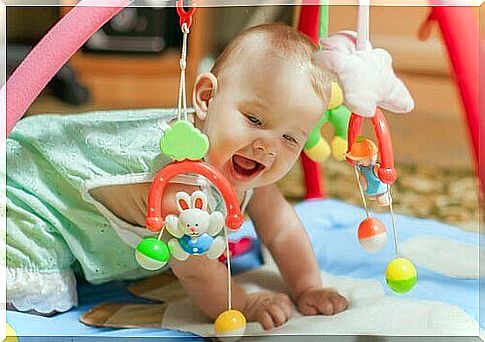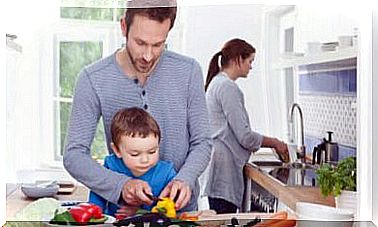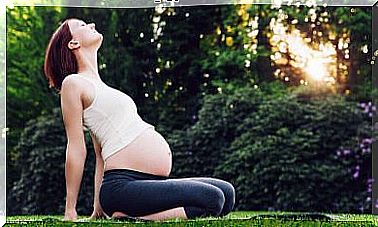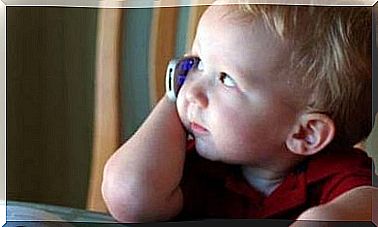When Does A Baby Start To Lift Its Head?

Many new parents wonder; when does a baby start to lift its head? However, you have to be patient and wait. The natural processes of physical development should not be accelerated.
During their first year of life, children are immersed in a process of incessant fundamental development. This includes various systems of their bodies and of course also includes the nervous system and motor development.
As the months go by, babies learn to better control their bodies as their muscles gain size, strength and endurance.
When does a baby start lifting its head?
A child’s motor development begins exactly when the muscles allow him to hold his head up. This generally starts from the fourth month of life.
However, one should always keep in mind that growth parameters can vary without posing a problem for babies.
Before the child is 3 or 4 months old, he may try to lift his head. He tries to hold it in that position, but he can’t hold it for more than a few seconds. In these months, the baby begins to make this movement through mere reflexes, becoming more and more conscious and permanent actions.
Once he masters these skills, the baby’s development will continue through the muscles of the shoulder and back, which will allow him to stay seated. Later, his limbs will also become stronger. This is necessary for him to learn to walk.

In summary, the movements that the baby learns over time are ordered as follows:
- 1st month : control of the direction of the head to look at things.
- 2nd and 3rd month : Gaining control over body and limbs, but without controlling them in a coordinated way.
- 4th to 6th month : This is when the baby usually learns to lift and hold its head.
- From the 6th month : From here on, the baby’s movements begin to become more intentional and as he gains strength, he learns to move on his own. First he crawls, and then he will walk.
Can I help my baby lift his head?
Although they cannot speed up the process, parents can to some extent help their babies with certain measures to develop enough physically. These range from gently supporting them to performing some gentle exercises.
Over time, his muscles will get stronger and gain the necessary strength to support different body parts.
The best thing to do, when babies are about 6 to 8 months old, is to have them lie on their stomach. In this way, in order to examine their environment, they try to raise their heads independently and thus strengthen their muscles little by little.
Another small exercise is to place your baby on his stomach and hold him by his hands, sitting gently. But this is very important: make sure you don’t use too much force to perform this action.
What if a baby doesn’t lift its head?
Some babies have some delay in their motor development with no major problem. However, if your baby is 3 to 4 months old and you don’t think he’s gotten as far as he should at this point, see your pediatrician or discuss it at your next childcare visit.

To consider..
- Until babies can fully control their movements, keep a close eye on their movements.
- You should also take certain measures and avoid sudden movements.
- Don’t let the head hang down if he can’t support it on his own.
- Also, be careful with bouncers, baby walkers, and all sorts of toys that involve movements for which they may not be prepared.
- To avoid unnecessary injuries or complications , always be very careful and support his head until he can do it himself.
Once babies learn to lift their head and hold it upright, they will show other progress within a short period of time. Their curiosity to move and explore the world will increase.
Certainly within a few months they will start to crawl. Guide them and take care of them in this wonderful stage of life!









